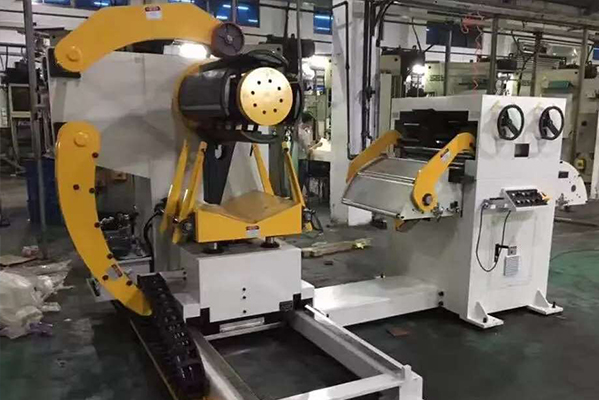Navigation Menu
Contact Us
- Email:
- info@wxavatar.com
- Address:
- Yurong Village, Yuqi Street, Huishan District, Wuxi, China.
Release Date:Jun 16, 2025 Visit:41 Source:Roll Forming Machine Factory
In the metal processing industry, equipment selection plays a crucial role in ensuring smooth and efficient operations. Among these essential machines, the 10-ton hydraulic decoiler has recently gained noticeable attention. Many production facilities handling large and heavy coils are considering this type of decoiler as a practical option. But what are the reasons behind its increasing popularity in heavy coil operations?

Growing Need for Handling Heavy Coils
With the rising demand for large-scale metal fabrication, manufacturers often deal with heavy coils that require stable and reliable unwinding systems. The 10-ton hydraulic decoiler offers a capacity that meets the operational requirements of many medium to large metal processing plants. Its ability to support and smoothly release substantial coil weights makes it a suitable match for various production lines.
Enhanced Load Support and Stability
One of the significant advantages of the 10-ton hydraulic decoiler is its ability to provide strong load support. Heavy coils demand equipment that can maintain balance and prevent interruptions during unwinding. The hydraulic system enables controlled expansion and retraction of the coil holder, improving stability throughout the operation. This ensures steady material feeding, which is essential for downstream processing accuracy.
Improved Operational Efficiency
Hydraulic decoilers are known for their smooth unwinding performance. The 10-ton model is particularly effective in reducing manual intervention, which can help improve production efficiency. Many models are equipped with adjustable speed settings and tension controls that allow operators to match the unwinding speed with the processing pace, minimizing material waste and downtime.
Adaptability to Different Coil Specifications
Another factor contributing to the adoption of the 10-ton hydraulic decoiler is its flexibility in handling various coil widths and inner diameters. Production facilities often work with coils of different sizes, and a versatile decoiler helps simplify equipment adjustments. This adaptability can support a wide range of production needs without requiring frequent machine changes.
Increasing Adoption in Metal Processing Plants
As more companies aim to optimize their coil handling systems, the 10-ton hydraulic decoiler is becoming a frequent choice in sectors such as automotive parts manufacturing, construction materials production, and appliance fabrication. Its load capacity and operational stability meet the growing expectations of these industries.

Conclusion
The 10-ton hydraulic decoiler is steadily becoming a preferred option for heavy coil operations due to its reliable load support, operational efficiency, and adaptability. While each production facility must assess its specific requirements, this type of decoiler is proving to be a valuable addition to many metal processing lines. With its practical features and stable performance, it is well-positioned to support the needs of modern manufacturing environments